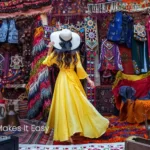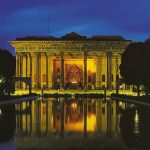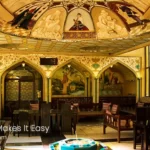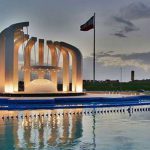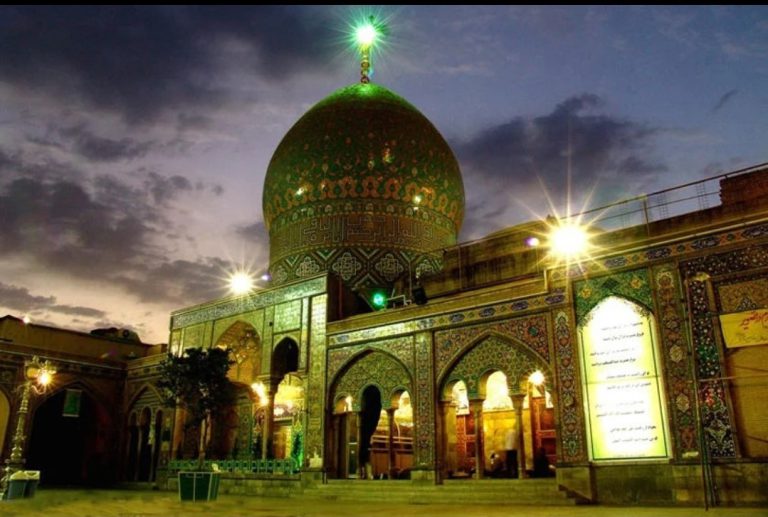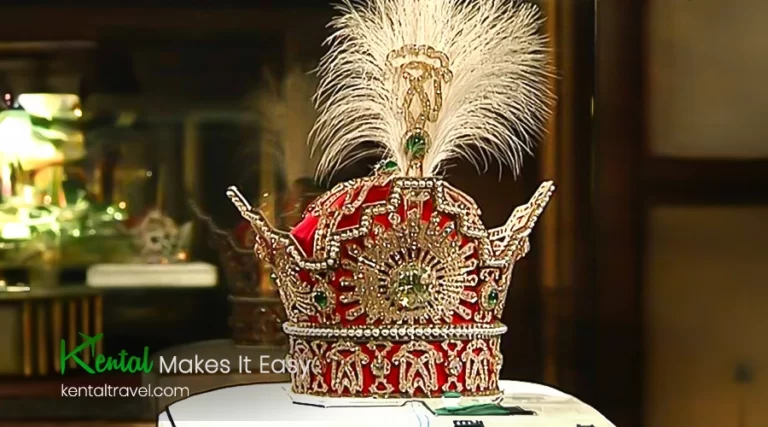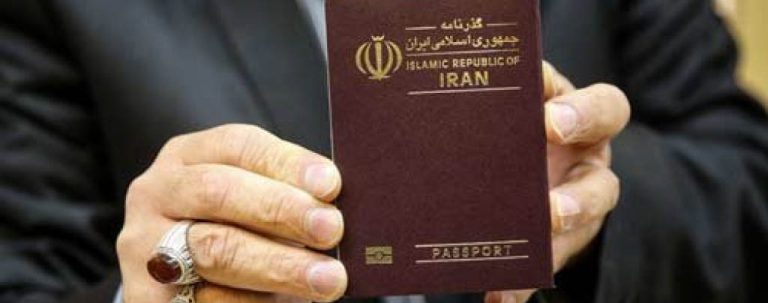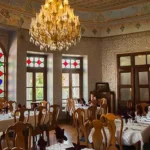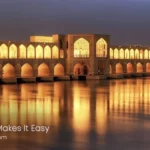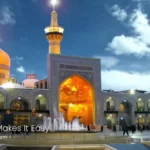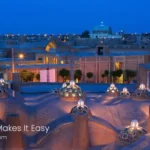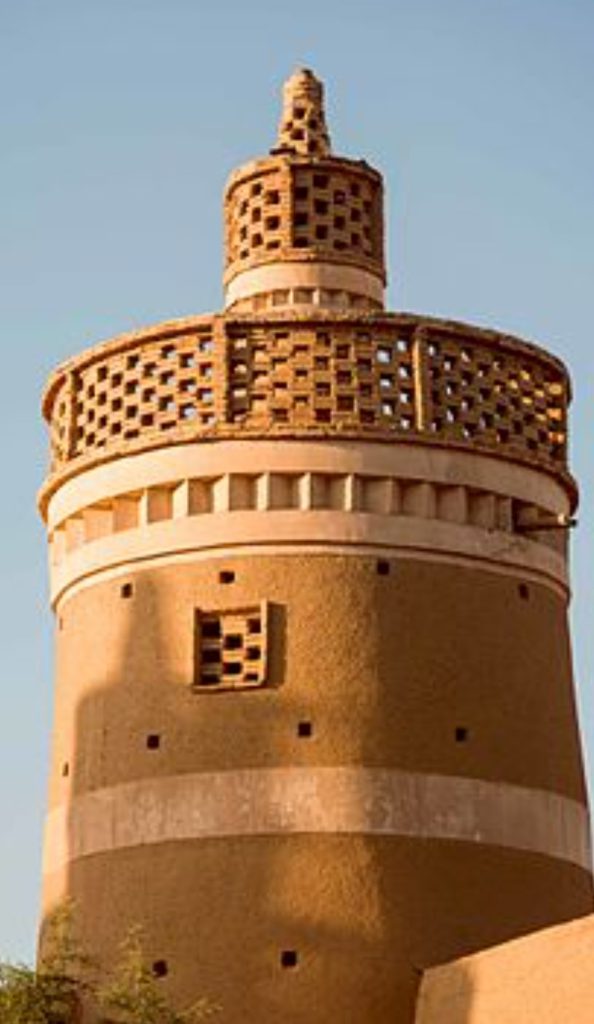
Najafabad is the oldest new city in Iran
This city, located 25 km west of Isfahan, was built during the reign of Shah Abbas Safavid. During the reign of Shah Abbas Safavid around 1022 AH, some gifts, vows, jewelry and cash were loaded on several camels and were to be sent to the shrine of Ali ibn Abi Talib in Najaf. The camel flock stopped in this land and the camel herders’ attempt to move the camels was in vain.
The news reached Sheikh Baha’i; and he said, “Last night I dreamed of Ali ibn Abi Talib. He said, ‘Release the camels and spend their load for this place, which is the better thing to do.’
Najafabad city has two central districts and 6 cities named: Najafabad, Kahrizsang, Goldasht, Jozdan, Dehq and Alavijeh and also 4 villages.
The central district includes the cities of Najafabad, Kahrizsang, Goldasht and Jozdan; and the Mehrdasht district includes the cities of Dehaq and Alavijeh. This city has 4 villages named Sadeghieh and Jozdan in the central part and Hosseinabad and Ashan in Mehrdasht.
population
According to the census of the Statistics Center of Iran, the population of Najafabad city in 2011 was equal to 300,288 people, of which 15,2246 were men and 148042 were women.
Najafabad before Safavid
Regarding the inhabitants of the first city, it is said that before its construction, some Zoroastrians lived in the northern mountains of the city. And this place became a base for a while after the establishment of the Islamic State.
Najafabad is a vast plot of land with two parallel mountain ranges in the north and a series of Zagros foothills in the south, forming a vast plain that some nomadic Zoroastrians from the central plateau of Iran (Yazd) used to migrate to this place in the beginning of summer. They grazed the northern foothills and stayed there until autumn; But due to difficulty of commutation in those days, every year some of them were forced to settle in this plain.
weather
Najafabad is located in a plain with a temperate and relatively dry climate. The average annual rainfall is 120 mm, which is mostly done in the cold seasons. The average temperature per year is 15.8 degrees. The altitude of this city is 1600 meters above sea level.
Najafabad in the eyes of tourists
Shah Abbas and its original designer, Sheikh Baha’i, have built a basic infrastructure by providing a complete irrigation and communication network and establishing a thriving commercial city 25 km west of Isfahan to provide food for the capital.
Roger Sivari writes in the book “Spirit of Nations” about the disorder in the principles of urban planning in Iran: “I saw only the city of Najafabad as an exception to this law. I realized that the architecture of Najafabad has been shaped like this from the beginning: the mosques and squares of Najafabad are the only places that have been created with a rare thought and have order and rules.
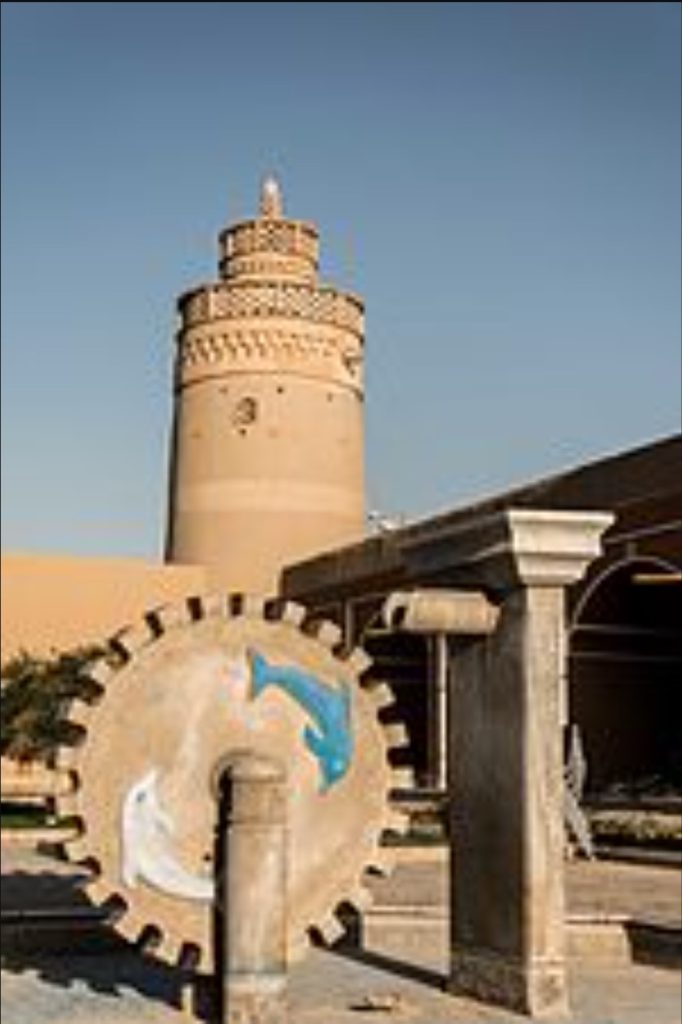
Najafabad was called the city of pigeons and pigeon houses. Every traveler who intended to travel to this city knew from the flight of countless pigeons that roamed over it that he was approaching Najafabad. But today the pigeons have lost their nests in this historic city and are not returning to the surviving nests, some of which are being destroyed.
Najafabad Industries
Embroidered quilt
Bedding
carpet weaving
Knife making
Agriculture (Almonds and Pomegranates)
Basket weaving
Tourist Attractions
Pangkhaneh (Jafarabad)
Kharun Pigeon House Towers (Sheikh Baha’i Citadel)
Safa Pigeon House Towers
Large distillery
Zamanian Distillery
Haj Haidar Jani Caravanserai
Firoozeh Firoozabad Park
Qomishlo Caravanserai
Al-Hijjah Seminary (Sheikh Ibrahim Riyazi School)


